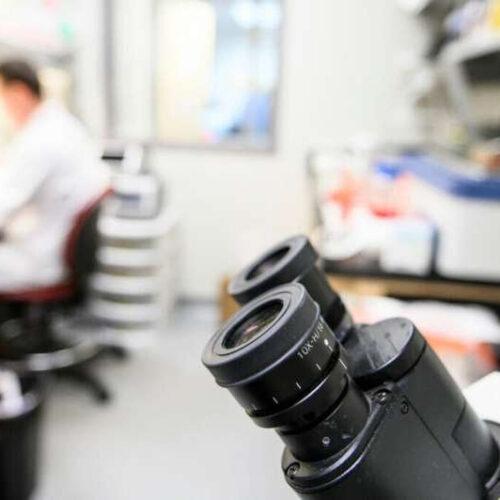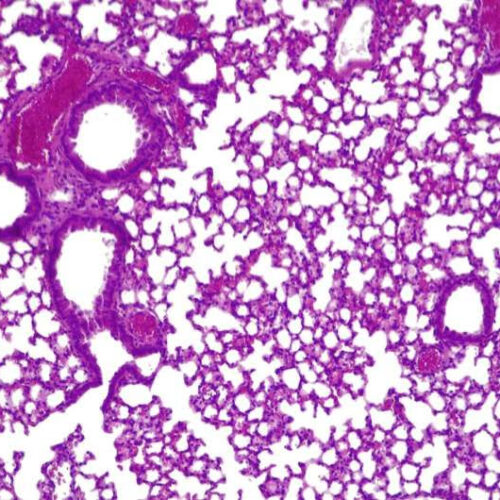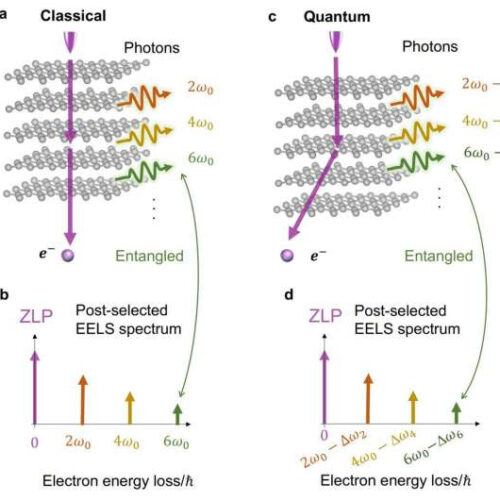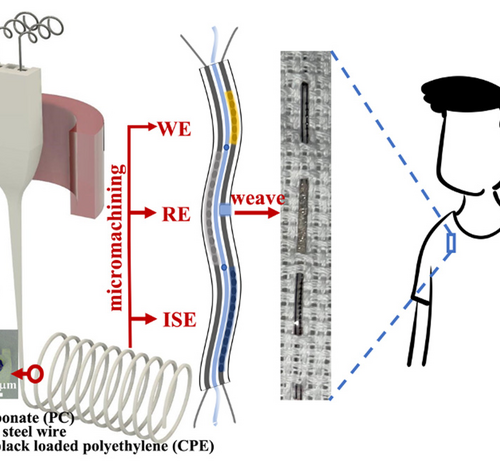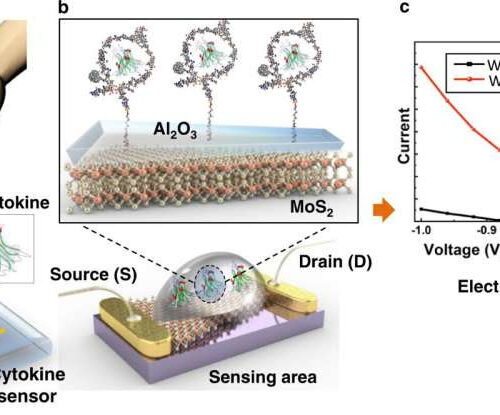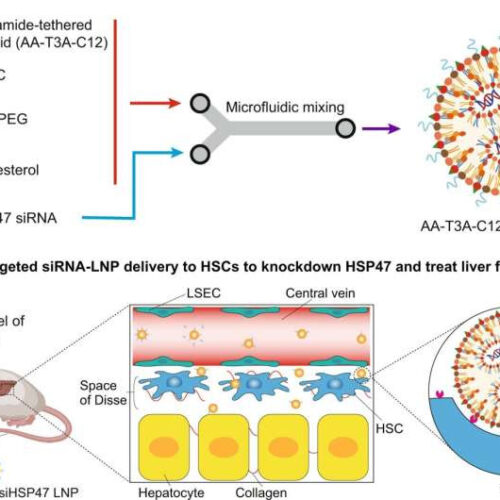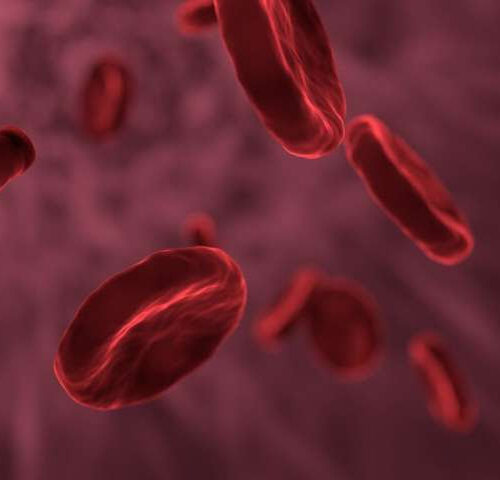by Laura Red Eagle, University of Wisconsin-Madison Researchers at UW-Madison have engineered silicone nanoparticles to cross the blood-brain barrier in mice to deliver brain-wide gene editing therapy for Alzheimer’s disease. Credit: Jeff Miller Gene therapies have the potential to treat neurological disorders like Alzheimer’s and Parkinson’s diseases, but they face a common barrier—the blood-brain barrier. Now, researchers at the...
Researchers uncover a connection between multiple sclerosis lesions and depression
by Brigham and Women’s Hospital Credit: Pixabay/CC0 Public Domain Two major health conditions appear to share a connection. Multiple sclerosis (MS), a disease which eats away at the body’s central nervous system, affects millions of people globally and depression, a mood disorder with debilitating symptoms, affects hundreds of millions of people globally. Patients with MS are...
‘Living medicine’ created to tackle drug-resistant lung infections
by Center for Genomic Regulation This shows a cross-section of a mouse lung infected with Pseudonomas aeruginosa. The mouse was treated with a version of Mycoplasma pneumoniae that is able to produce therapeutic molecules such as pyocins specifically-designed to combat P. aeruginosa. This therapeutic version of M. pneumoniae acts like a ‘living medicine’ reducing the...
Scientists demonstrate quantum recoil for the first time, paving the way for precise X-ray imaging
by Nanyang Technological University Comparing classical and quantum theories for Smith-Purcell radiation. In classical theory, the emitted photon spectrum (a) and the post-selected electron energy loss spectrum (EELS) (b) are regularly spaced at integer multiples of the fundamental frequency ω0, i.e., 0, 2ω0, 4ω0, 6ω0, etc. Post-selection here refers to recording of electron energy loss signals...
Vagus nerve receptors may be key to controlling inflammation
HEALTH 18 January 2023 By Grace Wade Conditions such as arthritis could be treated by targeting receptors in the vagus nerve that control inflammation Kobus Louw/Getty Images Specific receptors in the vagus nerve help detect and control inflammation in mice. If the same is true for humans, these receptors could be the target of future therapies for...
Schizophrenia may be linked with vascular alterations in the brain, study suggests
Reviewed by Emily Henderson, B.Sc. Jan 19 2023 A study conducted in Brazil and reported in an article published in Molecular Psychiatry suggests that schizophrenia may be associated with alterations in the vascularization of certain brain regions. Researchers at the State University of Campinas (UNICAMP), D’Or Research and Education Institute (IDOR) and the Federal University of Rio de...
Analyzing sweat via microelectronic fibers for non-invasive health monitoring
TOHOKU UNIVERSITY IMAGE: THE MICROELECTRONIC FIBERS FABRICATED BY THE THERMAL DRAWING PROCESS AND ITS FABRICS FOR SWEAT SENSING. CREDIT: JINGXUAN WU ET AL. Imagine if a t-shirt could analyze sweat, potentially alerting the wearer to any health abnormalities. Well, this is now closer to reality thanks to a research group’s recent innovation. Fibers and fabrics are ever-present...
Scientists developing early Alzheimer’s disease detection sensor
by Simon Fraser University Schematic illustration of the concept of the cytokine sensor operation. a A small volume of blood serum is drop casted onto the sensing area. b The cytokine sensor consists of an asymmetric geometry MoS2 crystal contacted by two metal electrodes. The inset shows a magnified diagram of the sensing area showing how TNF-α cytokines are bound...
RNA lipid nanoparticle engineering stops liver fibrosis in its tracks, reverses damage
by Melissa Pappas, University of Pennsylvania Preparation and application of ligand-tethered lipidoid nanoparticles for targeted siRNA delivery to HSCs to treat liver fibrosis. a Formulation of AA-T3A-C12/siHSP47 LNP via microfluidic mixing. The ethanol lipid solution containing anisamide-tethered lipidoid (AA-T3A-C12), phospholipid (DSPC), PEG-lipid (C14-PEG), and cholesterol is rapidly mixed with an acidic aqueous solution containing HSP47 siRNA in a...
Researchers identify molecular mechanism by which key protein regulates LDL cholesterol
by University of Montreal Credit: CC0 Public Domain In a crucial step towards understanding the mechanisms involved in cardiovascular disease and certain cancers, a Canadian led research team has succeeded in a world first: they’ve found the molecular mechanism by which the protein PCSK9 degrades the receptor of low density lipoproteins, the richest cholesterol particles in the...

